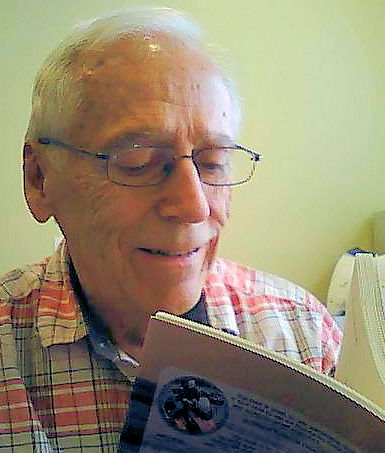Troubleshooting a Complete Electrical Shutdown on a Motorcycle By Walter F. Kern Part of a Series, Motorcycle Problems and Solutions Our Motorcycle Views Forum members often seek solutions to important repair and maintenance problems from the experts on the forum. Many of our best experts are professional motorcycle mechanics or those who have done their own mechanical work and have seasoned practical experience. I've decided to publish a series of motorcycle problems submitted to forums and their solutions. Only the most universal problems will be addressed so most readers will see a problem that may be affecting them. I'll state the problem exactly as posed by a reader and then give a solution based on responses given by our most knowledgeable forum members. Problem from Nighthawker: The following is a dialog between forum member, Nighthawker, and our original resident motorcycle mechanic, MOTOMECH, as they try to come up with a solution to a complete electrical shutdown problem. I think it's instructive to observe the process used to solve most motorcycle repair and maintenance problems. And, of course, you may find the answer to the same problem you are having.
The battery was new and on trickle-charge for the entire time I've owned it. I have been charging it (out of the bike) for over 24 hours and it's still bubbling on four cells (the other two may be lost). The stator has been replaced but it was used. The only other thing I can think of that it could be is the regulator/rectifier and so I ordered a new one of those. I may have to replace the battery before I can even run through a fault finding flow chart I have. I'd appreciate anyone's opinion on what else it may be. I'm assuming backfiring can be caused by a weak spark because the battery was low and there was no power coming from the stator. MOTOMECH: Don't order parts before you know what the problem is. This is called "throwing parts at the problem" and it's not smart, as well as being expensive. Yes, you can not run the (very simple) tests to determine your problem without a fully charged battery in good condition. At the very least, your battery needs to show 12.5 to 13.5 volts. This doesn't necessarily mean it's good, but if it reads less, it's bad. If the history of the battery is unknown, but you know it's at least a year old, replace it. You don't need our opinions on what the problem might be. You need to learn how to find out what it might be. Get a good battery in it and check charging by putting a voltmeter across the terminals and revving the motor into the midrange. If you can see the needle move, it's charging. To check for a drain (rectifier) disconnect one battery cable lead from the battery (doesn't matter which one) and place the voltmeter in-line with the battery terminal/cable. With the key off, it should read zero. Any reading, and the regulator/rectifier needs to be replaced. Nighthawker: The battery was new and on trickle-charge for about six months and fully charged (on the bike), after the one outing. It has been charging (now off the bike) for several days. I have activity in 4 of 6 cells. It reads just over 10 volts when I take it off the charger. I checked the regulator/rectifier according to the Honda service manual but it says to use a specific meter for testing and all I have is a Fluke multimeter. My next step will be to acquire a new battery on Monday if the one I have hasn't charged by then and go through the steps you have given me. Nighthawker: I tested the regulator/rectifier as you said and was getting no charge as I raised the rpm. Popped on the new one and it seems fine. I bumped into my cylinder 4-header pipe and should've gotten burned but it was cold, my 1st and 2nd pipes are hot as heck and 3rd and 4th cold. So I pulled the #4 plug. It was clean, maybe too clean and then I noticed the wire said ENG3 on it so I thought, "Well that's a common mistake, switching the plug wire" so I switched with the #3 plug except the the #3 plug had a wire labeled ENG2. That's when I decided to call it a night. I know that 1 and 3 share a coil and 2 and 4 share one, but do they fire at the same time? Are they interchangeable with their "shared" cylinder? It would probably be a good time to replace these plug wires also, maybe? Is there anything special to know about this? MOTOMECH: On in-line 4-cylinder engines, cylinders 1 and 4 share a secondary coil, as do cylinders 2 and 3. Cylinders that share a coil are fired together on every stroke, whether it's the power stroke or not. Nighthawker: New battery and a little fresh gas and now the bike is good to go. Thanks again. More Motorcycle Problems and Solutions
|
||||
© 2017 Walter F. Kern. All rights reserved.
|













